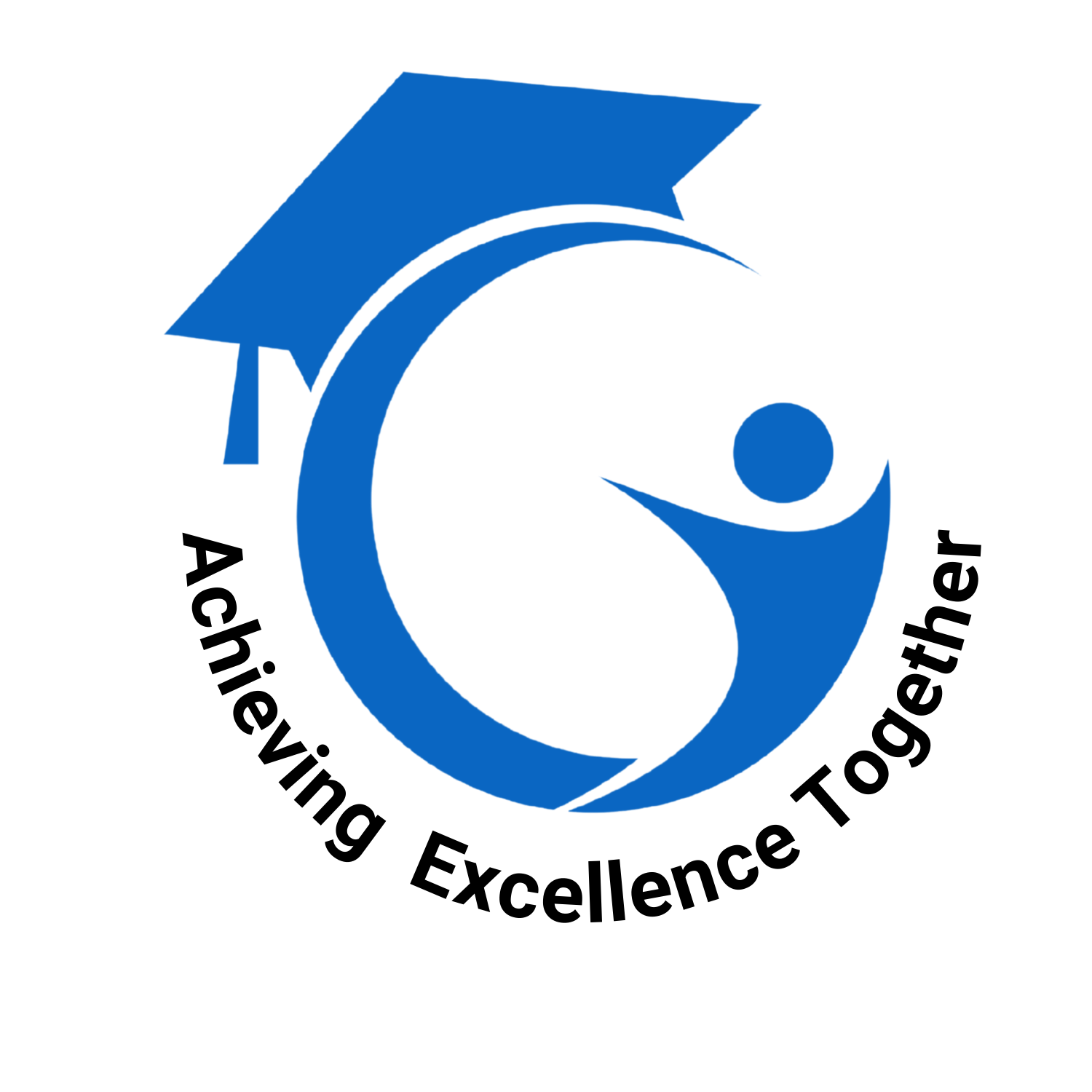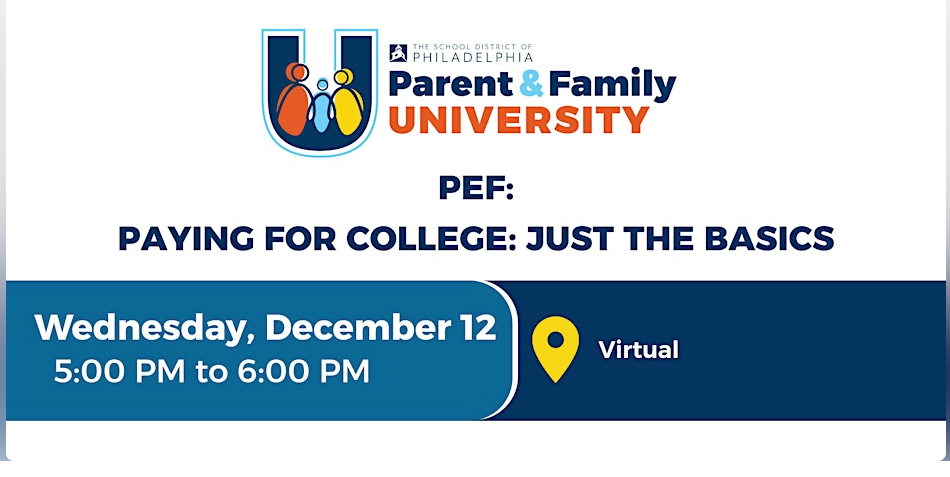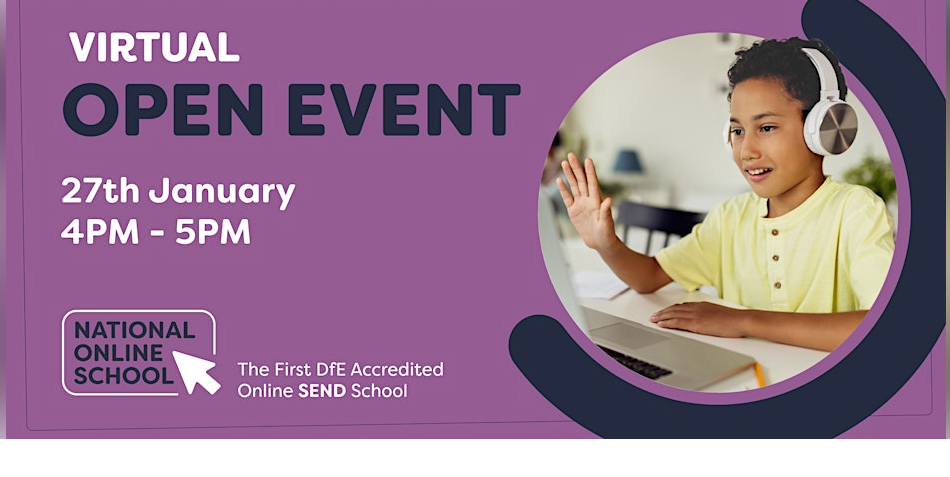For high school students who are confident about a future in medicine, the BSMD (Bachelor of Science/Doctor of Medicine) pathway offers a unique and highly competitive opportunity: a direct and often accelerated route into medical school. A recent graduate from a competitive Arizona high school shared an in-depth account of her own journey through the BSMD application process, offering valuable insights for aspiring applicants and their families.
What Is a BSMD Program?
BSMD programs are dual-degree tracks that allow high school students to apply directly to an undergraduate institution with a conditional acceptance into its partnered medical school. These programs typically last 6–8 years and eliminate the traditional medical school application process — including, in some cases, the MCAT.
With extremely limited seats and acceptance rates even lower than Ivy League colleges, these programs are reserved for students with exceptional academic records, leadership qualities, and demonstrated commitment to medicine.
BSMD vs. Traditional Premed Path
While both paths lead to medical school, BSMD programs offer security, structure, and often a shorter timeline. Students avoid the stress of reapplying for med school later and can focus more deeply on learning rather than competing. However, the traditional route allows more flexibility — ideal for those still exploring their options or aiming for a broader range of medical schools.
Researching Programs: The First Step
The journey to a BSMD acceptance began with thorough research. The student emphasized the importance of understanding each program’s duration, academic requirements, geographic restrictions, MCAT expectations, and cost. She used spreadsheets to compare schools, track deadlines, and assess her own fit with the institution’s values and goals.
She discovered that some programs, like those in Missouri or Arizona, are open only to in-state residents. Others waive the MCAT requirement entirely, making them especially attractive.
The Application Process
Applications typically open in the fall of senior year, with deadlines as early as October. Most programs require multiple supplemental essays beyond the Common App — in one case, up to 17 essays for a single school. Students should expect to submit academic transcripts, test scores, letters of recommendation, and detailed personal statements.
Interview invitations are extended to a select few candidates, typically in the spring of senior year. These interviews can include traditional Q&As, group discussions, and Multiple Mini Interviews (MMIs), which test ethical reasoning, interpersonal skills, and decision-making under pressure.
What Admissions Committees Are Looking For
Through her research and networking with BSMD alumni, the student identified five key areas that BSMD admissions officers evaluate:
-
Clinical Exposure – Volunteering in hospitals, shadowing doctors, and attending health internships signal real-world understanding of medical careers.
-
Leadership – Taking initiative in clubs, advocacy efforts, and mentoring roles demonstrates readiness for the demands of medical school and future leadership.
-
Community Service – A consistent track record of volunteering shows empathy, compassion, and a desire to give back.
-
Character – Demonstrated through essays and interviews, traits like empathy, resilience, and personal motivation are critical differentiators.
-
Research – Though not mandatory, experience in research labs helps showcase curiosity, scientific rigor, and long-term interest in medicine.
Building a Standout Profile
The speaker shared her own extracurricular involvement, which included:
-
Multiple healthcare internships, including dissections and simulations at medical schools.
-
Shadowing a wide variety of medical professionals, from nurses to surgeons.
-
Vice presidency of her school’s Model UN team, which won statewide recognition.
-
Advocacy efforts in mental health and rural health access.
-
Hundreds of hours of volunteer service through organizations like the American Red Cross and food banks.
-
STEM research projects, including presenting at the International Science and Engineering Fair.
-
Personal passions such as taekwondo, horseback riding, and Indian classical music, all of which contributed to a rich, balanced resume.
Tips for Future Applicants
-
Start Early – Research programs and begin essay writing in the summer before senior year.
-
Be Genuine – Pursue activities you are passionate about. Authenticity resonates in essays and interviews.
-
Maintain Strong Academics – A GPA of at least 3.8 and a competitive SAT/ACT score (1500+/32+) is recommended.
-
Build Relationships – Strong letters of recommendation can significantly strengthen your application.
-
Practice Interview Skills – Particularly for MMIs, practice scenarios and ethical reasoning questions in advance.
-
Don’t Fear Rejection – This is a highly selective process. Persistence and belief in your path are essential.
Beyond the Application
The webinar also highlighted a helpful online platform designed to support students through this process. The platform offers tools for planning coursework, exploring volunteer and research opportunities, connecting with mentors, and preparing college applications — all in one place.
A Final Word
The BSMD journey is rigorous and emotionally demanding, but it can also be incredibly rewarding. For those who are certain that medicine is their calling, the direct medical pathway offers unmatched clarity and focus. The advice shared during this session serves as a detailed and realistic guide — from the initial research phase to final acceptance.
For students at any stage — from curious eighth graders to determined juniors — it’s never too early to start exploring and building toward a meaningful future in medicine.



Get involved!
Comments